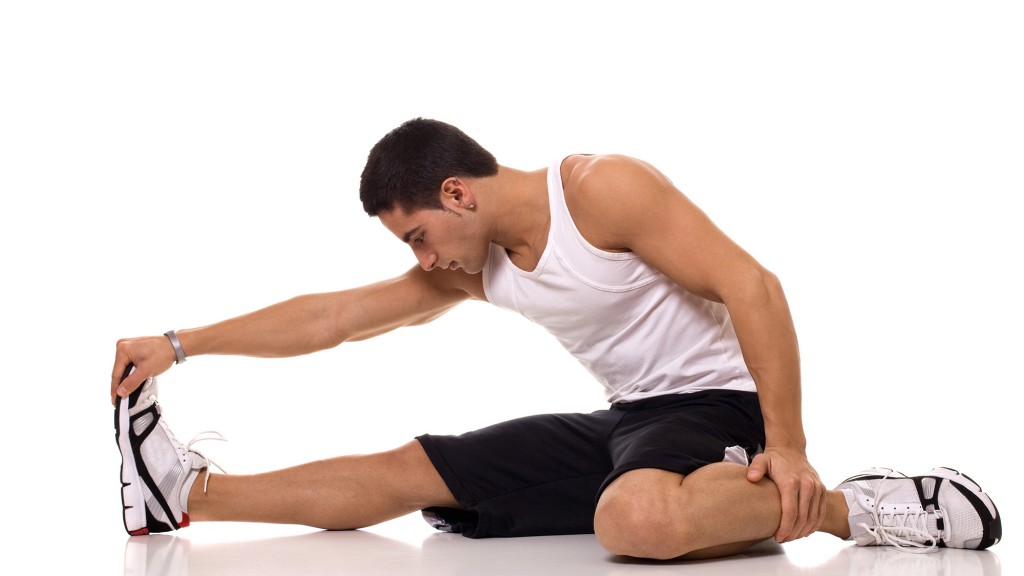The Painful Truth About Stretching – Part 1 of 2
Fitness December 15, 2025 Damon Mitchell

You can stop now. You weren’t really focused on that stretch anyway.
When the stretching backlash hit the media, those of who’d been through any kind of fitness education, checked our calendars to see if it was April 1st. It wasn’t. Respected fitness professionals were saying, you can stop stretching now because it doesn’t help your workouts.
Mic drop.

(Source: fitmencook.com)
It’s been a few years since this news hit, but the debate hasn’t arrived at a consensus. There are basically two schools on the issue.
- In one, stretching has been the best advice since fitness education began.
- The other school claims that stretching, especially the static kind where you hold the stretch, is overrated.
This blog will assume the latter position.
What classifies today as stretching is so varied that much of is questionable in value, especially in a busy world, where time is money. Time at the gym, lab time if you will, should be productive and educational. It should NOT be about checking a box.
Here are three ways your stretching routine is doing you very little in the favors department. We’ll get into what you could do instead in part two, but to be clear, we are not talking about active stretching. In active stretching, you are moving through a range of motion. Here, we’re talking held stretches, called static stretches.
Static stretches are passive.
Passivity is annoying.
With stretching, the problem with a passive is that little of what we call “stretching” helps to increase our range of motion (ROM). Especially when we try to apply that ROM under pressure. Simply put, passive muscle lengthening is not directly correlated with ROM.
So what if you can touch the floor with your nose on your V-sit, especially if you can’t apply that range to a full squat? For all your efforts in the V-sit, you probably receive more flexibility from just doing the squat correctly.
What static stretching will do, if you keep at it, is making you good at static stretching.
The end.
Static stretching is a time waster (and a motivation killer).
Put aside the fact that most people double-down on Facebook, Instagram, and Snapchat when they stretch, focus and direction also slow things down. This is problematic. For most gym goers, time is always against them
If the goal is fat loss (which is true for more than 80% of gym-goers) but the workout window is less than an hour, and you spend half of that window performing passive stretches, then your workout efficiency is 50% at best. That’s assuming you really focus the other half hour.
Apply this across a month of dedication at the gym, with little results because your time has been poorly focused, then you can imagine your motivation. It’s not good. That membership will last maybe three months.
Static stretching fails to address the real problem areas.
Because static stretching is usually focused on lengthening one muscle or set of muscles, the action is applied universally across the muscle fibers, from end to end.
Mobility issues are never the results of one entire muscle belly. It’s often a combination of things, but there’s usually a section of muscle where adhesions are restricting our full range. Or, it’s the joint capsule, which may not even be affected by your static stretch.
The goal with held positions should not be about stretching muscles like taffy, but about creating movement in your joints. We’ll get more into this in part two.
The dangerous slope of perception with stretching is the at least mentality. We believe something is better than nothing. This, unfortunately, may not be true. If your time is money (it is) then you will not stay dedicated to goals that aren’t hitting.
Not only will you not get results, but you also won’t receive the perceived mobility from your work, thus doubling down on your disappointment. <– That’s a lot of Ds!
Instead, spend more time getting your body warmed up before you workout. Ease into intensities. Don’t just do one warm up, do two. Don’t max-lift every time you’re at the gym.
Most importantly, read part two of this blog.



